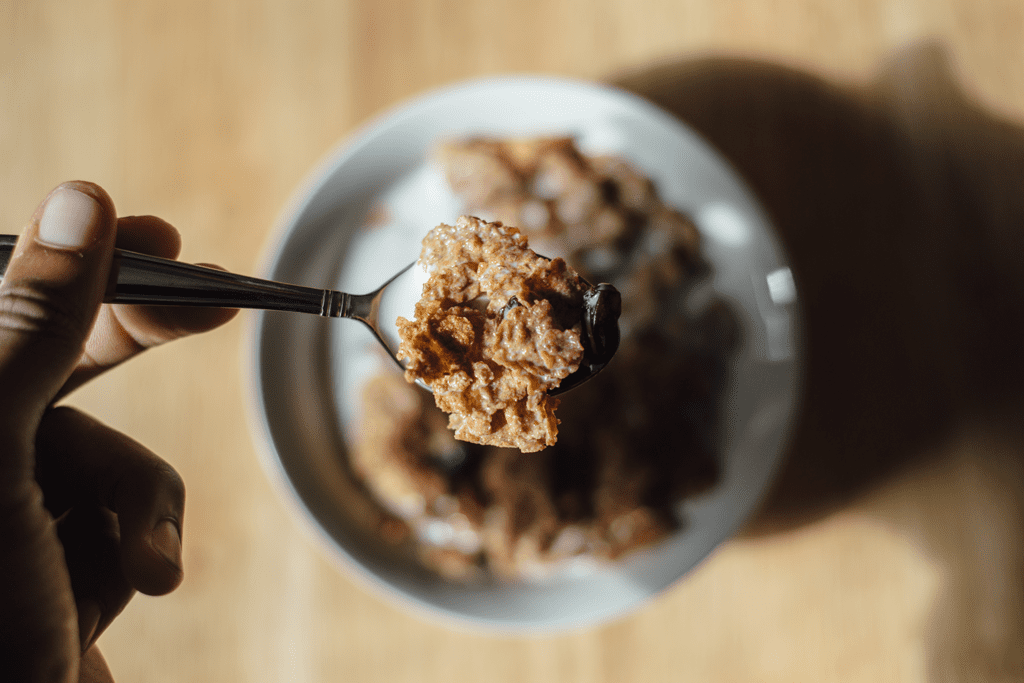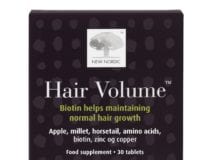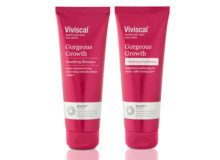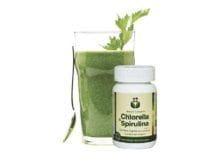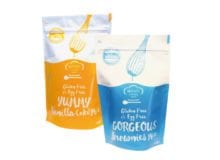Are you getting enough fibre?
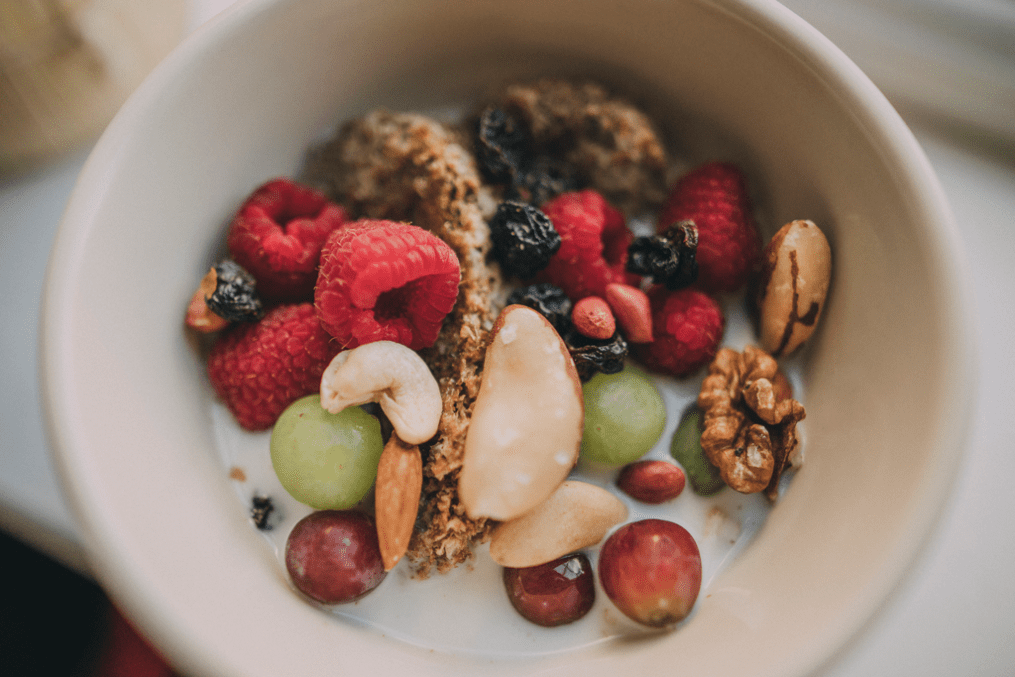
Since the F-Plan diet in the 1980s, and the days when it was known as ‘roughage’, we’ve learnt a lot more about fibre and its importance to health. Apart from helping keep us ‘regular’, aiding digestion and preventing constipation, a high-fibre diet has been linked to a lower risk of stroke, heart disease and bowel cancer, so it’s vital to get the message out there that fibre is seriously important. Especially as most of us aren’t getting anywhere near enough in our diets. We asked dietitian and director of the Nutrilicious food and health consultancy, Tanya Haffner, for her tips on how much we should be getting and how to achieve our fibre goals.
What we should be getting
‘The UK National Diet and Nutrition survey shows that since 2008-9 the average consumption of fibre has hovered at around 17g a day for females aged 19-64, and 20g a day for males,’ says Haffner. ‘It’s far below the recommended daily intake: the Government’s Scientific Advisory Committee on Nutrition (SACN) 2015 Carbohydrates And Health report suggests a daily intake of fibre of 30g a day for all adults.’ This means, according to government guidelines, the average woman would have to increase her current fibre intake by 75% in order to achieve adequate levels.
Know your fibre types
But as well as levels of fibre, new ways of talking about the different kinds of fibre have emerged in recent years. ‘Previously, fibre was split into soluble types that lower cholesterol and stabilise blood sugar, and insoluble types that help speed the passage of food through the gut and beat constipation,’ says Haffner. ‘But it’s now thought to be more accurate to talk about fibre in terms of its fermentability (how likely it is that your gut bacteria will find it useful as food), and viscosity (whether or not it can absorb water).
‘Some types of fibre are particularly good targets for fermentation by gut bacteria, leading to a large rise in bacteria numbers and, in turn, an increase in the weight of your stools, making them easier to pass,’ says Haffner. ‘Specific fermentable fibres known as prebiotics, found in foods such as asparagus and onions, are especially recognised for their ability to stimulate the growth of friendly gut bugs that may help damp down inflammation, reduce colon cancer risk and relieve irritable bowel symptoms. Friendly bacteria are believed to bring about benefits by producing compounds called short chain fatty acids (SCFAs), which are important communication agents between our gut and other organs within the body, such as the liver and brain.’ For this reason, good bacteria can benefit your mood and help you to regulate your diet, too, which is another reason to get plenty of fibre.
‘Viscous fibres possess the additional quality of being able to hold water, swelling to a gel-like consistency that further contributes to fibre’s stool bulking properties,’ says Haffner. ‘The gel formed can also bind to excess cholesterol, lowering your blood cholesterol levels.’ And because the viscous fibre ‘sits’ in your digestive system for longer, it helps to slow down the absorption of sugars and nutrients, which might result in longer lasting feelings of fullness and satisfaction.
Boost your intake
‘To achieve 30g a day from a low base may mean you need to slowly build up your fibre intake to avoid potential issues with wind and bloating,’ says Haffner. You’ll also have to ignore low-carb diet plans, as wholegrains such as wholewheat pasta and bread, barley, brown rice, quinoa, buckwheat and freekeh need to be on the menu (along with your recommended five a day), to meet your optimal needs. Tips for getting more fibre include:
- Using fibre-rich pulses like beans, lentils or chickpeas to bulk out salads, soups and casseroles.
- Turning breakfast into a way to get 25% of your daily fibre – easy if you have wholegrain cereal or porridge, oat or soya drinks, peanut butter, wholemeal toast and fresh or dried fruit.
- Snacking on nuts – they make a great go-to choice for fibre, and are full of healthy fats, too.
- Popping bread in the freezer, or cooking your pasta or baked potatoes the night before, then reheating thoroughly the next day. Chilling carbs in this way helps increase the proportion of starch in them that’s resistant to digestion (effectively increasing their total fibre).
What about supplements?
‘Getting all your fibre from food is by far the best way – though a gentle viscous fibre supplement such as ispaghula (psyllium) is recommended by GPs for some types of constipation,’ says Haffner. ‘The other fibre supplement with some credibility is a prebiotic such as galacto-oligosaccharides or inulin, to help target and nourish good bacteria and perhaps help ease conditions such as IBS. But take care using any of these if you have a sensitive gut.’
